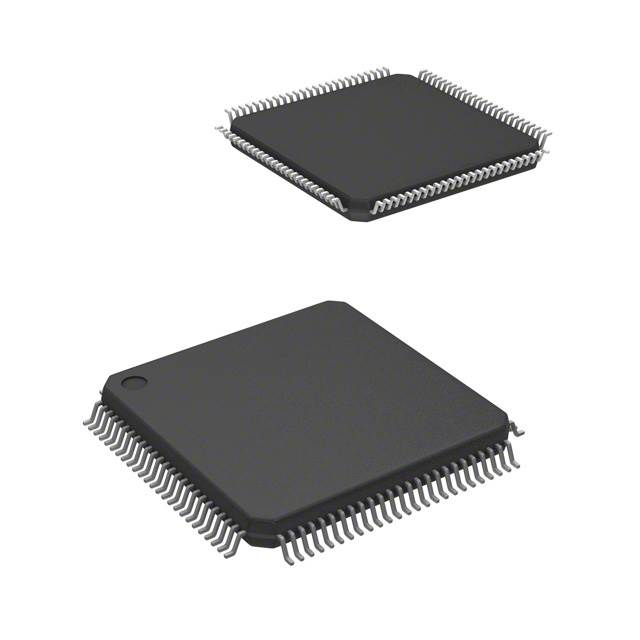
SPC560P40L3BEABY
ActiveMCU 32-BIT E200Z0H RISC 256KB FLASH 3.3V 100-PIN LQFP TRAY AUTOMOTIVE AEC-Q100
Deep-Dive with AI
Search across all available documentation for this part.

SPC560P40L3BEABY
ActiveMCU 32-BIT E200Z0H RISC 256KB FLASH 3.3V 100-PIN LQFP TRAY AUTOMOTIVE AEC-Q100
Deep-Dive with AI
Technical Specifications
Parameters and characteristics for this part
| Specification | SPC560P40L3BEABY |
|---|---|
| Connectivity | SPI, CANbus, LINbus, UART/USART |
| Core Processor | e200z0h |
| Core Size | 32-Bit Single-Core |
| Data Converters [custom] | 10 |
| Data Converters [custom] | 16 |
| Grade | Automotive |
| Mounting Type | Surface Mount |
| Number of I/O | 64 |
| Operating Temperature [Max] | 105 °C |
| Operating Temperature [Min] | -40 °C |
| Oscillator Type | Internal |
| Package / Case | 100-LQFP |
| Peripherals | WDT, DMA, PWM, POR |
| Program Memory Size | 256 KB |
| Program Memory Type | FLASH |
| Qualification | AEC-Q100 |
| RAM Size | 20 K |
| Speed | 64 MHz |
| Supplier Device Package | 100-LQFP (14x14) |
Pricing
Prices provided here are for design reference only. For realtime values and availability, please visit the distributors directly
| Distributor | Package | Quantity | $ | |
|---|---|---|---|---|
Description
General part information
SPC56B-Discovery Series
These 32-bit automotive microcontrollers are a family of system-on-chip (SoC) devices designed to be central to the development of the next wave of central vehicle body controller, smart junction box, front module, peripheral body, door control and seat control applications.
This family is one of a series of next-generation integrated automotive microcontrollers based on the Power Architecture technology and designed specifically for embedded applications.
The advanced and cost-efficient e200z0h host processor core of this automotive controller family complies with the Power Architecture technology and only implements the VLE (variable-length encoding) APU (auxiliary processing unit) and provides improved code density. It operates at speed of up to 48 MHz and offers high performance processing optimized for low power consumption. It capitalizes on the available development infrastructure of current power architecture devices and is supported with software drivers, operating systems and configuration code to assist with the user’s implementations.
Documents
Technical documentation and resources


